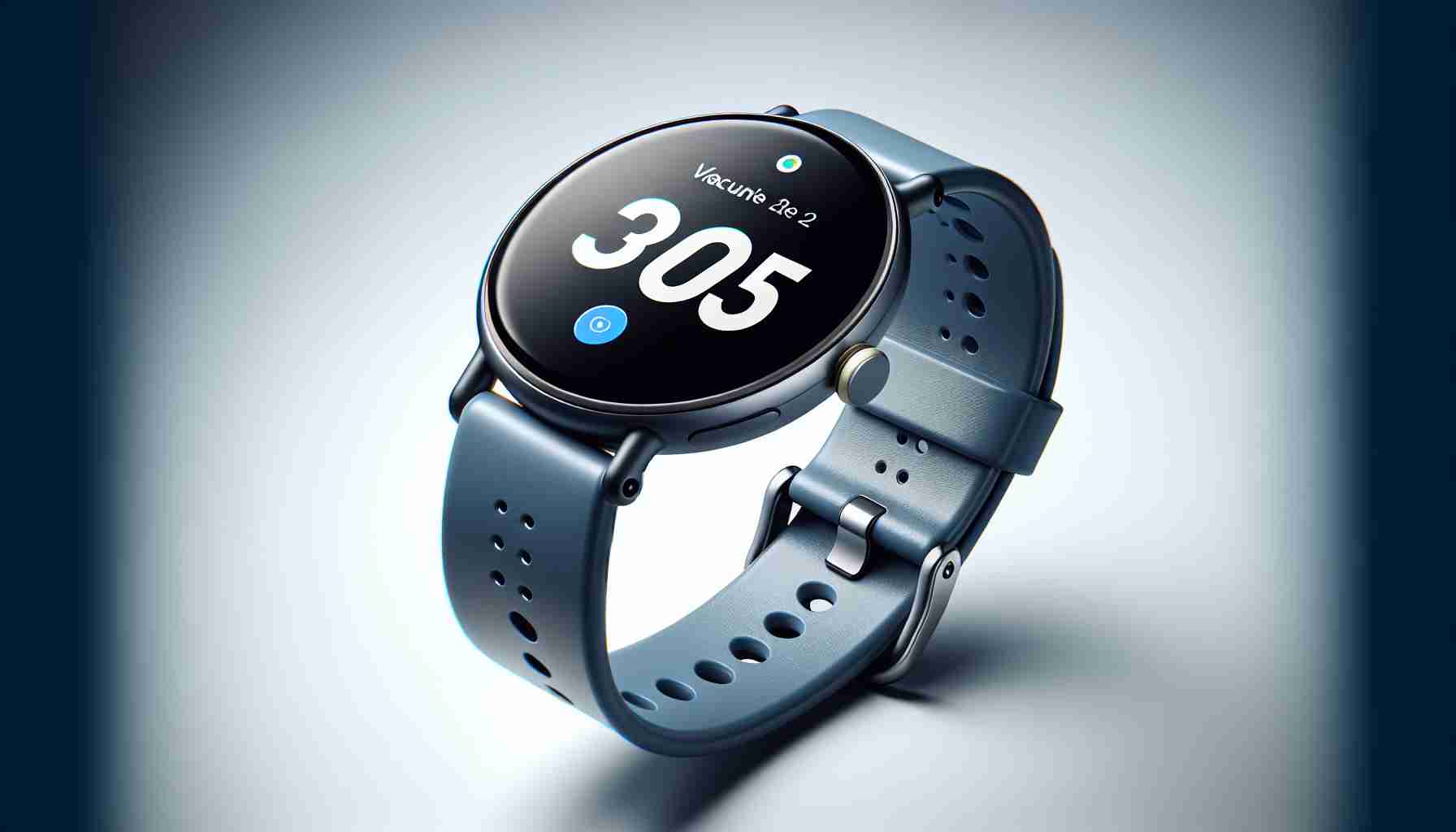Google’s quest for larger screens now expands beyond smartphones with the new addition to its wearable lineup: the upcoming Pixel Watch 3 XL. The tech giant is tailored for trend-setters who prefer larger displays— a clear response to competitors’ plus-sized models. Leaks suggest the Pixel Watch 3 XL will feature a luxurious 1.45-inch display, a sizeable jump from the standard model’s 1.2-inch screen.
The pursuit of longer battery life is evident in the Pixel Watch 3 XL’s design, which is anticipated to be about 12% thicker than its predecessor. This change is likely to make room for a beefier battery, marking an evolution in Google’s smartwatch strategy. It’s hoped that this larger battery will extend the already admirable all-day endurance cited in reviews. Yet, it remains unclear if the XL model will boast faster charging times, although this isn’t seen as a major sticking point given the current charging performance.
Rumors circulating around the tech community hint at a possible 45mm size offering. A slimmer bezel may also feature in the new design, addressing the critique of the ample bezel space of the earlier model. On top of aesthetic updates, there’s buzz suggesting Google might enhance the functional capabilities of its smartwatches, potentially including advanced health monitoring features like a blood glucose or blood pressure sensor—technologies that are rising trends in the smartwatch market.
As we await the fall unveiling, attention remains split between possible physical enhancements and the anticipated software improvements following announcements at Google I/O 2024. Google’s Wear OS has already received praise for its intuitive interface, and further advancements could solidify its appeal. Yet, market expectations are high, with consumers eager for innovative wellness insights that substantiate the investment in a premium smartwatch. Google’s challenge will be to balance style, substance, and technological prowess in the Pixel Watch 3 XL.
The expansion into larger screens with the announcement of the Pixel Watch 3 XL reflects Google’s recognition of a trend in wearables for bigger displays that provide a better user experience for notifications, applications, and media consumption. In addition to the feature-specific information mentioned in the article, it’s relevant to highlight Google’s position in the wearable market and how the Pixel Watch 3 XL could impact it.
Important Questions and Answers:
– What operating system will the Pixel Watch 3 XL use?
The Pixel Watch 3 XL is expected to run on Google’s Wear OS, which has been commended for its user-friendly design. Wear OS integrates seamlessly with Android smartphones and Google’s service ecosystem.
– How might the larger screen impact battery life beyond thickness and capacity?
While a larger battery could indeed offer longer endurance, the larger screen might also consume more power. It is an engineering challenge to balance display size with power consumption and ensure consumers still experience enhanced battery life.
– What kind of health features can we expect from the Pixel Watch 3 XL?
Health monitoring capabilities are becoming increasingly important in smartwatches. Features like a blood glucose or blood pressure sensor would not only be trendsetting but also provide significant value to users with health concerns.
Key Challenges or Controversies:
A major challenge for Google will be ensuring that the larger display and battery do not compromise the watch’s comfort and wearability. Consumers might find a thicker device less comfortable, which could affect its market success. Additionally, there’s the controversy of privacy and data handling, especially with the potential integration of advanced health tracking features.
Advantages and Disadvantages:
Advantages of a larger Pixel Watch may include an improved user experience with easier-to-read notifications and more space for apps and watch faces. A better battery life is inherently beneficial for user convenience, reducing the frequency of charges needed.
However, disadvantages might include an increase in the wearable’s weight and bulkiness, which could make it less comfortable or appealing to those with smaller wrists or a preference for more discreet wearables. Furthermore, a bigger display and battery could result in a higher price point, making the watch less accessible to a wider audience.
To explore more about Google’s technology and its range of products, you can visit their official website using the following link: Google.
